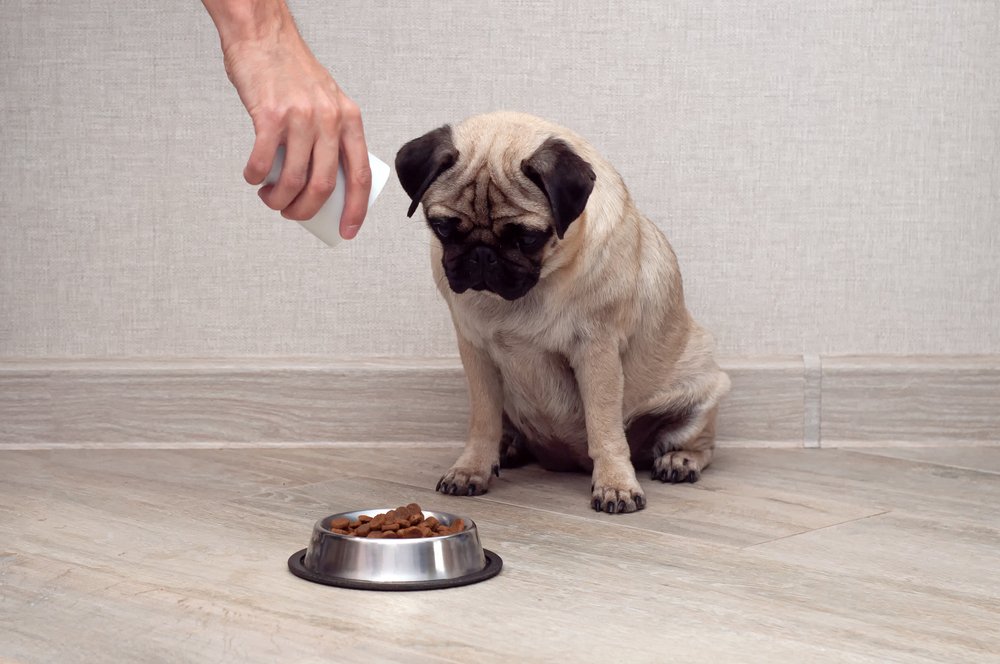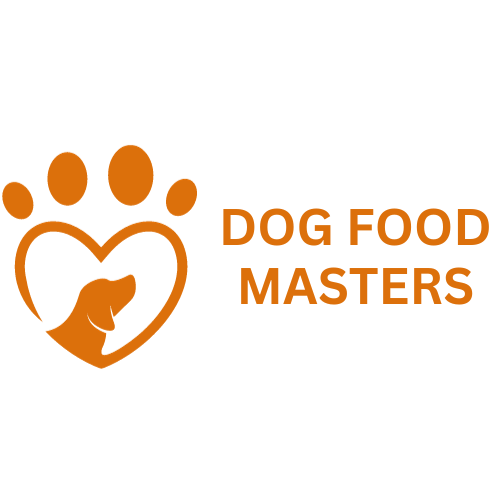
As a dog owner, it can be alarming to see your dog suffering from constant itching, digestive issues, or skin problems. These symptoms might be the result of food allergies. Just like humans, dogs can develop allergies to certain ingredients in their food, which can lead to uncomfortable and even painful reactions. Understanding dog food allergies, their symptoms, and how to manage them can help improve your dog’s quality of life.
In this guide, we’ll explore the common causes of dog food allergies, how to identify them, and the best steps to take to ensure your dog gets the nutrition they need without the allergic reactions.
What Are Dog Food Allergies?
Dog food allergies occur when a dog’s immune system reacts negatively to a particular ingredient in their food. Unlike food intolerance, which affects digestion, food allergies trigger an immune response, causing more noticeable symptoms such as skin irritation and itching.
Dogs can develop allergies to proteins, grains, or additives in their food. The immune system mistakenly identifies these substances as harmful and attacks them, leading to inflammation and other allergic symptoms.
Common Symptoms of Dog Food Allergies
The symptoms of food allergies in dogs can vary, but the most common ones include:
1. Itchy Skin
One of the primary symptoms of a dog food allergy is excessive itching, particularly around the face, paws, ears, and belly. Dogs with food allergies may scratch, lick, or bite at their skin, leading to redness and sores.
2. Ear Infections
Recurrent ear infections are often linked to food allergies. If your dog is constantly shaking their head or scratching their ears, and the infections keep coming back despite treatment, it may be time to investigate their diet.
3. Gastrointestinal Issues
Dogs with food allergies may experience digestive problems, including vomiting, diarrhea, or excessive gas. These issues are often a sign that your dog’s body is struggling to process a specific ingredient.
4. Hair Loss and Skin Problems
Allergic reactions can cause hair loss, rashes, hives, or scabs on your dog’s skin. Chronic skin infections and dry, flaky skin are also common signs of food allergies.
5. Red, Irritated Eyes
Dogs with food allergies may have red, watery, or swollen eyes. In some cases, the irritation can cause dogs to rub their eyes with their paws, making the problem worse.
Common Causes of Dog Food Allergies
Food allergies in dogs are often triggered by specific proteins or ingredients. Here are some of the most common causes:
1. Animal Proteins
The most common cause of food allergies in dogs is proteins. This includes chicken, beef, lamb, and dairy. Some dogs develop sensitivities to specific types of animal proteins, which are often the primary ingredient in many commercial dog foods.
2. Grains
While not as common as protein allergies, some dogs can be allergic to grains like wheat, corn, and soy. Grain-free diets have become popular for this reason, offering an alternative to dogs with grain sensitivities.
3. Additives and Preservatives
Some dogs may react negatively to artificial additives, colors, or preservatives in their food. These chemicals can trigger allergic reactions, particularly in dogs with sensitive digestive systems.
4. Dairy
Lactose intolerance or dairy allergies can cause gastrointestinal upset, including diarrhea and vomiting. Dairy products like cheese and milk can also lead to skin irritations in some dogs.
Diagnosing Dog Food Allergies
If you suspect your dog has a food allergy, it’s important to get a proper diagnosis. Here’s how to go about identifying and managing food allergies in dogs:
1. Consult Your Veterinarian
Your veterinarian will help rule out other causes of the symptoms, such as environmental allergies, parasites, or infections. They may also suggest an elimination diet to determine the allergen.
2. Elimination Diet
An elimination diet involves feeding your dog a limited-ingredient diet that contains proteins and carbohydrates they’ve never eaten before. This helps to isolate the allergen. Over time, ingredients are reintroduced one by one until the allergic reaction reappears, identifying the problematic ingredient.
3. Allergy Testing
In some cases, your veterinarian may recommend allergy testing through blood tests or skin tests to pinpoint the specific allergens affecting your dog. This can be especially useful if the elimination diet doesn’t provide clear answers.
How to Treat and Manage Dog Food Allergies
Once the allergen has been identified, managing your dog’s food allergy becomes much easier. Here are some ways to help your dog live allergy-free:
1. Switch to Hypoallergenic Dog Food
Hypoallergenic dog food is designed specifically for dogs with food allergies. These formulas typically contain limited ingredients, novel proteins (such as duck, rabbit, or venison), and are free from common allergens like grains or dairy.
2. Try a Homemade Diet
For more control over your dog’s diet, consider preparing homemade dog food. This allows you to select the ingredients carefully and ensure that your dog is avoiding any allergens. Just be sure to consult your veterinarian or a pet nutritionist to create a balanced diet that meets all your dog’s nutritional needs.
3. Grain-Free or Limited-Ingredient Diets
Grain-free and limited-ingredient diets can also help manage food allergies. Grain-free diets eliminate wheat, corn, and soy, which are common allergens, while limited-ingredient diets focus on simple formulas with fewer ingredients to reduce the risk of triggering an allergic reaction.
4. Introduce New Foods Slowly
When trying new foods, introduce them gradually over several days. Start by mixing a small amount of the new food with your dog’s current food, increasing the proportion each day. This slow transition can help prevent digestive upset.
5. Monitor for Symptoms
Even after switching your dog’s food, continue to monitor for any signs of allergic reactions. If symptoms persist, consult your veterinarian for further guidance.
Conclusion: Giving Your Dog Allergy Relief
Food allergies can be frustrating for both you and your dog, but with the right approach, you can find the right diet that keeps your dog healthy and symptom-free. Whether you choose hypoallergenic commercial food, a homemade diet, or a limited-ingredient option, ensuring your dog’s nutritional needs are met without triggering allergies will improve their quality of life.
Always consult your veterinarian for advice and regular check-ups when dealing with food allergies, and with proper care, your dog will be back to their happy, healthy self in no time.

